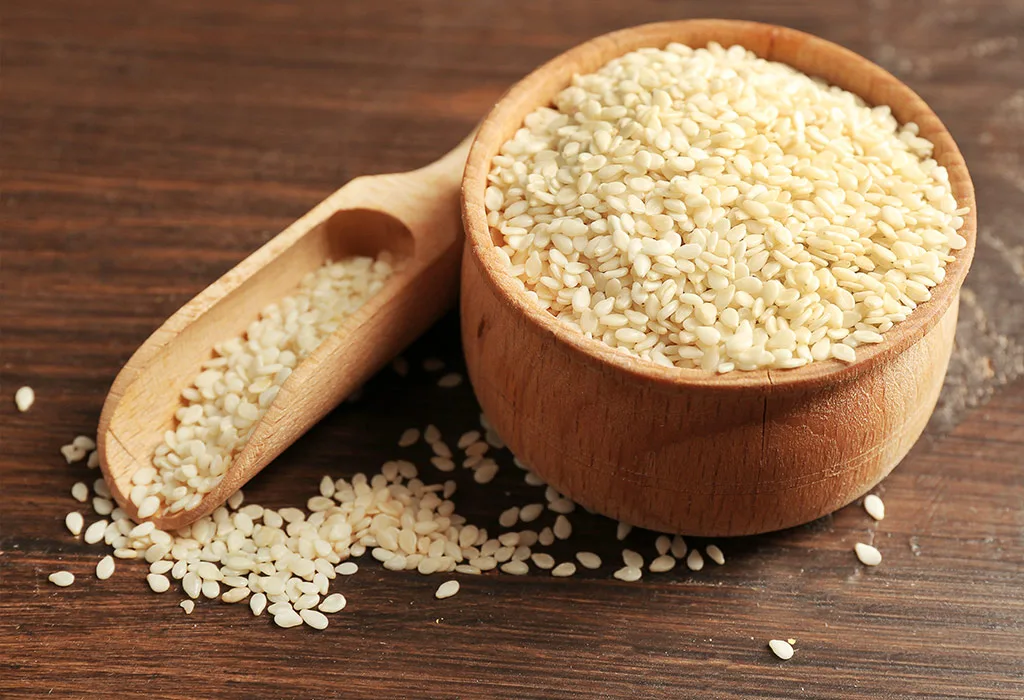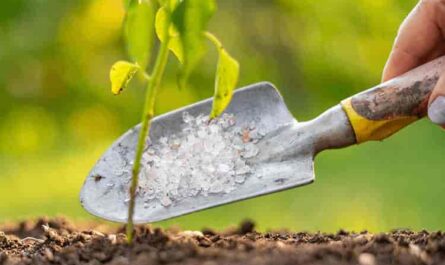What are Agricultural Micronutrients?
Micronutrients are chemical elements needed in small amounts for plant growth and reproduction. These include boron, chlorine, copper, iron, manganese, molybdenum, and zinc. While plants only need micronutrients in minute quantities, they are still vital for many plant metabolic processes. Lack of even one micronutrient can limit crop yields and quality.
Role of Boron in Plant Growth
Boron is essential for the growth of root cells and the transportation of other nutrients within the plant. It aids in flowering, fruiting, and seed production. Boron helps strengthen plant cell walls and supports calcium function. It plays a key role in sugar transport and nitrogen metabolism. Lack of boron results in weak stems, deformed flowers and fruits, and reduced yields. Symptoms of boron deficiency include discolored or stunted growth in leaf tips and margins. Proper boron levels promote plant health and stress tolerance.
Importance of Chlorine in Photosynthesis
As an important Agricultural Micronutrients, chlorine plays a role in photosynthesis, transpiration, and osmotic regulation in plant tissues. It activates certain enzymes involved in photosynthesis and carbonic anhydrase which helps fix carbon dioxide into organic compounds. Chlorine is involved in the production of ATP, transport of nitrates, and stomatal movement. Chlorine deficiency causes leaves to appear burned or faded green in color. It negatively impacts growth, yield and crop quality. Sufficient chlorine levels are needed for optimal photosynthetic activity and productivity.
Copper’s Role in Enzyme Activity
Copper is a cofactor for several important plant enzymes including ascorbate oxidase, polyphenol oxidase, and superoxide dismutase. It is involved in reproduction, protein metabolism, and contributes to plant structure. Copper helps with lignification of cell walls and nutrient transport within the xylem and phloem tissues. A lack of copper can weaken plant cell walls, decrease flowering and seed production. Symptoms include stunted growth, twisting or narrowing of leaves, and discoloration. As a micronutrient, copper is vital for plant enzyme regulation and development.
Iron Promotes Chlorophyll Formation
Iron has a key role in chlorophyll formation which gives leaves their green color and allows plants to photosynthesize. As a cofactor for many plant enzymes, iron is involved in electron transport chains and energy transfer reactions. It aids nitrate reduction and nitrogen assimilation into amino acids and proteins. Lack of iron leads to interveinal chlorosis or yellowing of leaves between the veins. This disrupts photosynthesis and lowers yields. Iron deficiency is more common in alkaline or calcareous soils. Understanding iron’s function in photosynthesis allows farmers to prevent deficiency issues.
Manganese Enhances Defense Mechanisms
As a component of enzyme systems, manganese is important for metabolic processes including photosynthesis and photorespiration, nitrogen assimilation, and oxidative processes. It also activates plant defense mechanisms against environmental stresses such as drought, salinity, and disease pressures. Manganese helps synthesize phytohormones involved in stress responses. Symptoms of manganese deficiency can appear as interveinal chlorosis or yellowing between veins in a similar way to iron deficiency. Sufficient manganese uptake increases crop resilience to abiotic and biotic stressors thereby protecting yields.
Molybdenum’s Role in Nitrogen Fixation
Molybdenum participates as a cofactor in several crucial plant enzymes including nitrogenase. This allows legumes to convert atmospheric nitrogen gas into plant-usable ammonium through symbiotic nitrogen fixation via rhizobia bacteria. Molybdenum aids the reduction of nitrate to ammonium too. It is vital for nucleic acid synthesis and the use of nitrogen, sulfur, and carbon plant building blocks. Molybdenum deficiency causes stunted growth and yellowing of leaves due to impaired nitrogen metabolism. Soil molybdenum levels influence nitrogen availability which affects productivity.
Importance of Zinc for Growth and Development
Zinc acts as a cofactor in over 300 plant enzyme systems including those involved in carbohydrate metabolism, protein synthesis, and growth regulation via plant hormones. It plays an essential role in stem elongation and secondary cell wall thickening. Zinc is required for seed and root formation as well as water balance and use efficiency. Symptoms of zinc deficiency include stunting, small leaves with a rosette shape, and deformed flowers and fruits. Zinc is important to promote overall plant structure and the production of strong harvestable parts. Understanding micronutrient functions allows farmers to support crop zinc needs.
Agricultural Micronutrients Management for Healthy Crops
Proper micronutrient management through balanced fertilization and soil testing is necessary to meet crop requirements. Deficiency or toxicity of even one key micronutrient can impact yields and quality. Careful attention should be given to planting in suitable soils and using fertilizers or soil amendments when needed to boost availability.
micronutrients are best applied to soil before planting and during periods of active growth. Following recommendations specific to each crop and region can help maximize productivity through lush, stress-resistant plants. With the right approach, farmers can harness agricultural micronutrients to boost output sustainably.
*Note:
1. Source: Coherent Market Insights, Public Source, Desk Research
2. We have leveraged AI tools to mine information and compile it.




